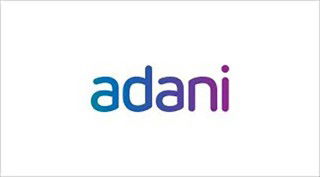Campaigners fighting plans to burn poisonous chemicals at the UK Westbury cement works were celebrating yesterday after the firm dropped its controversial plans. Lafarge announced it has postponed plans to burn recycled liquid fuels, or RLFs, after a vociferous campaign by local residents and environmentalists in and around its huge works in Westbury, Wiltshire. The Environment Agency originally gave permission to Lafarge to start a six-month trial, but when the row over poor quality cement broke in January, the Agency said it would halt the trial temporarily while it investigated the matter. But at a meeting of local campaigners and councillors, Lafarge announced the trial was off in the longer term, saying it would not trial RLF-burning for at least two years while it embarked on a UK£10m investment programme instead.
The decision marks a major victory in the long-running campaign against the cement works by locals, who have taken Lafarge all the way to the High Court with legal challenges over its impact on the environment. Lafarge already burns old tyres at Westbury, after seeing off a major campaign and legal challenge from local residents. But it wanted to pioneer a new type of fuel, in a bid to cut the costs of buying in fossil fuels such as coal.
Plant manager Real Simard said the investment was more important than the trial. "This major investment in the infrastructure of the Westbury Works signals Lafarge’s long-term commitment to our cement-making operations here," he said. "This work is essential to ensure the efficient working of the plant into the future and we will be giving the development programme our full attention in the coming months. This is important, not just for the 130-plus people who work here, but also for the 400 to 500 jobs supported by it."
Lafarge’s problems have multiplied since January, when it admitted rogue staff had falsified tests to hide the fact it was producing cement with too high an alkali content, which could lead to concrete cancer. The cover-up had gone on for more than two years, and a million tonnes of cement went on to produce around seven million tonnes of concrete. Dozens of major road and rail bridges across the West, as well as hundreds of building projects, will now have to be monitored - at Lafarge’s expense.
